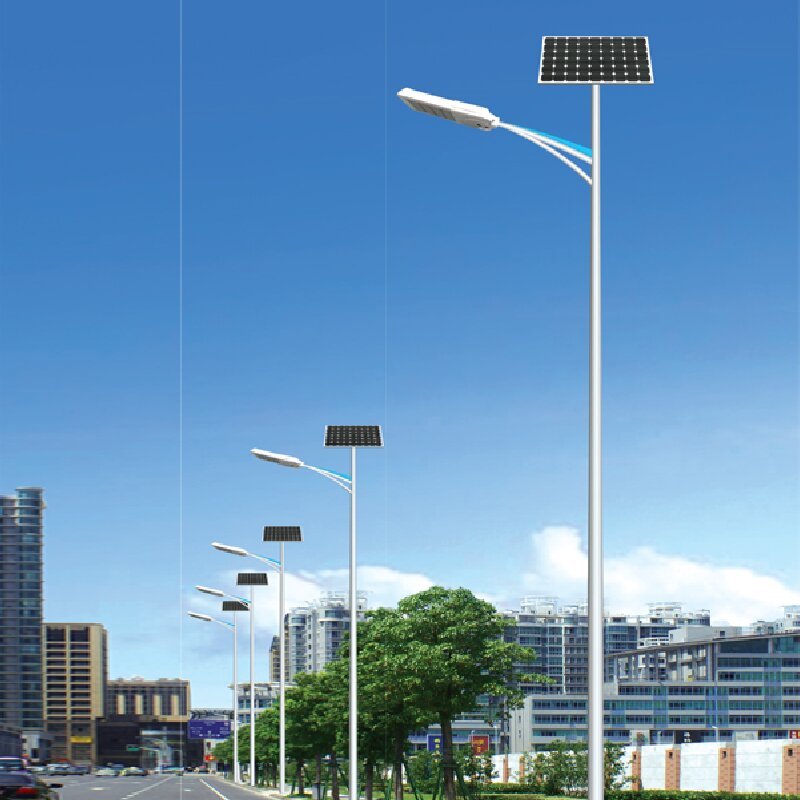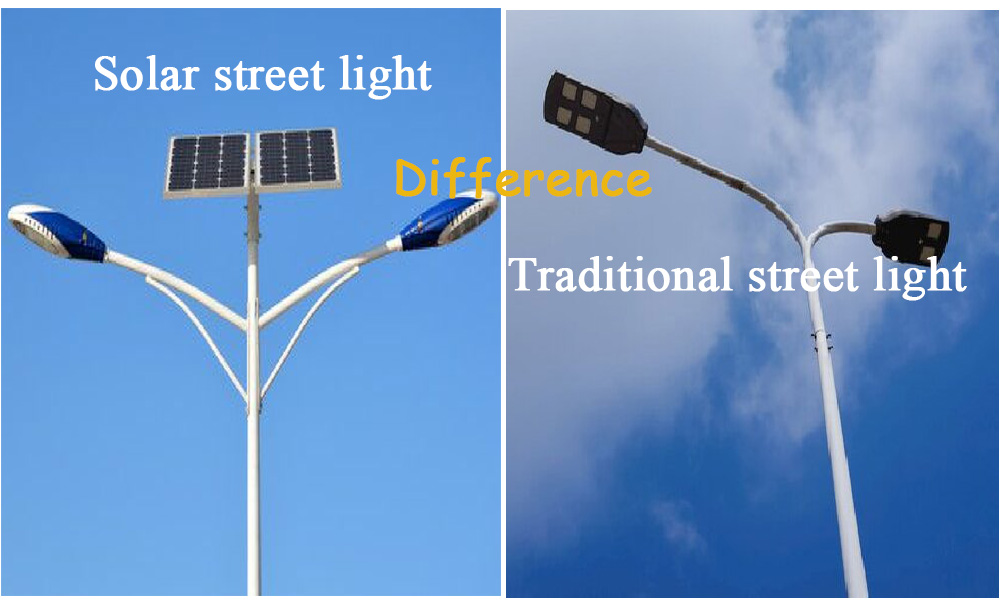What is solar street light project
As urban and rural construction and city illumination become more widespread, the demand for street lighting in each area is increasing. However, the operational cost of installing grid-connected street lights is too high in many areas. Therefore, solar street lights, due to their convenience in installation and energy-saving features, are becoming increasingly favored in engineering projects.
![]()
A solar street light project typically involves the planning, installation, and maintenance of solar-powered street lighting systems in a specific area or region. These projects are often undertaken to provide cost-effective, environmentally friendly, and sustainable lighting solutions, especially in areas where access to conventional electric power is limited, costly, or environmentally undesirable. The scope of such a project can vary from lighting a small area, like a park or a residential street, to extensive installations covering multiple streets or regions.

Key Components of a Solar Street Light Project:
Assessment and Planning: This involves surveying the project area, understanding lighting requirements, and determining the best locations for the street lights. It also includes calculating the necessary size and capacity of the solar panels and batteries based on the geographical location and expected sunlight exposure.
Design: This includes selecting the type of solar street lights (e.g., all-in-one, split type), determining the wattage of the lights, the capacity of the solar panels and batteries, the height and material of the poles, and other design features.
Procurement: This stage involves sourcing the solar street lights, batteries, poles, and other components. It's crucial to choose high-quality, durable materials to ensure the longevity and efficiency of the system.
Installation: The installation process includes the physical installation of solar panels, lights, batteries, and wiring systems. It's important that this is done by skilled technicians to ensure safety and optimal functionality.
Commissioning and Testing: After installation, the system is tested to ensure that all components are working correctly and that the lighting meets the required specifications.
Maintenance: Regular maintenance is necessary to ensure the long-term functionality and efficiency of the solar street lights. This may include cleaning the solar panels, checking the batteries and lights, and making necessary repairs.
Benefits of a Solar Street Light Project:
Eco-friendly: Utilizes renewable solar energy, reducing the carbon footprint.
Cost-effective: Minimizes ongoing energy costs; solar street lights are also generally low in maintenance.
Off-grid Capability: Ideal for remote or rural areas without access to the electrical grid.
Improved Safety and Security: Provides reliable lighting, which can enhance safety in public areas.
Sustainable Development: Supports sustainable urban and rural development goals.
Since our company's inception, we have amassed over 15 years of experience in producing street lighting projects both domestically and internationally, equipped with extensive production and technical expertise. If you are looking for a suitable manufacture for your project, please contact me for more options.

ADDRESS:Guoji Industrial Concentration Zone, Songqiao Town, Gaoyou City
Online Messages
Scan the QR code

View Mobile
Copyright ? 2021-2023 Yangzhou Borui Optoelectronic Lighting Co., Ltd. All Rights Reserved 備案號: 蘇ICP備2023016865號
Technical support: WDL